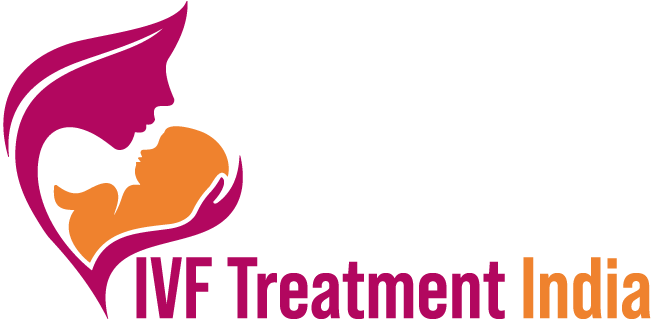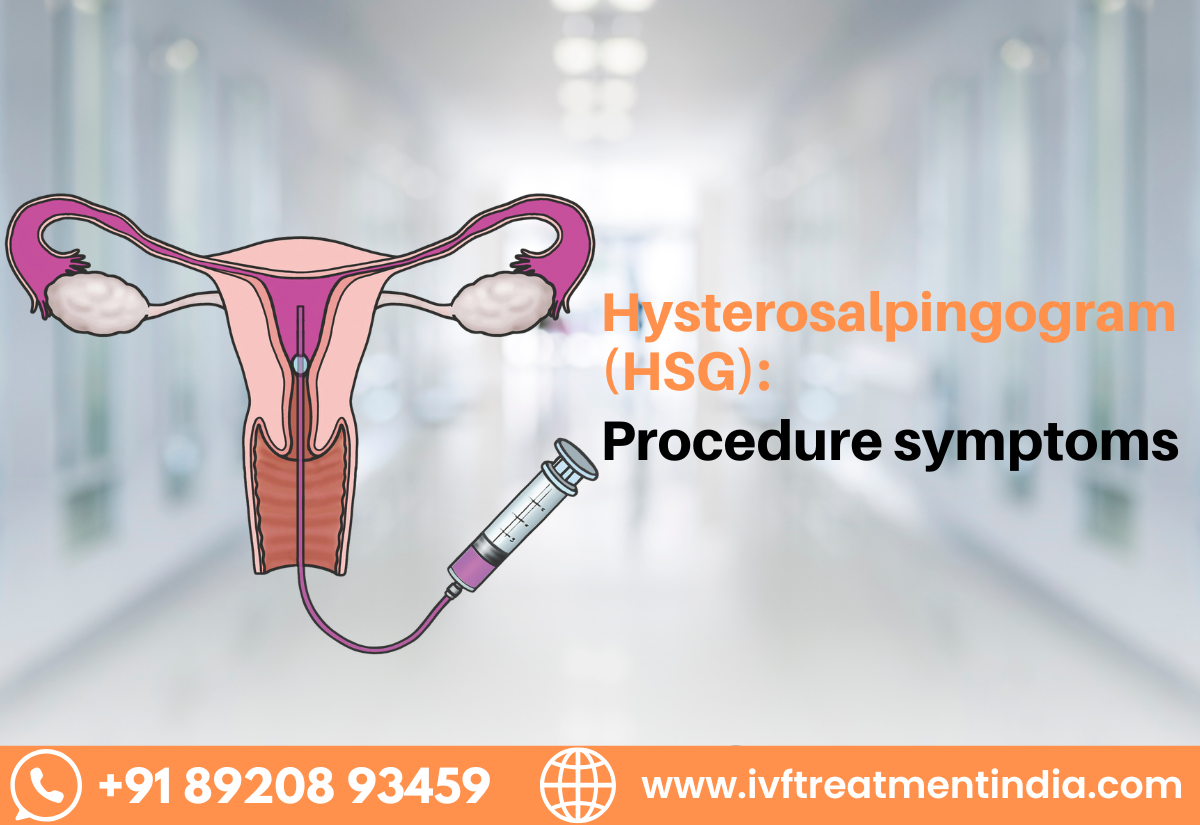Hysterosalpingogram (HSG) & Tubal Evaluation
To begin with, Hysterosalpingogram (HSG) & Tubal Evaluation is basically a diagnosis of the internal outline of the uterus. HSG is an X-ray to check the blockage in the fallopian tube that might be a reason for infertility. Blockage in the fallopian tube or uterine cavity may result in infertility. In HSG, a fragile tube is inserted through the uterus and cervix. The material used in the uterus is known as contrast material and is used to check and analyz the blockage.
Basically, HSG is used to examine the cause of infertility, repeated miscarriages, or unusual bleeding in periods.
Read More: Egg Vitrification: Female
The purpose of Hysterosalpingogram (HSG) & Tubal Evaluation to diagnose various conditions like:
- Damage or tubal blockage
- Uterine anomalies (e.g., fibroids, polyps)
- Scar tissues and adhesions
- Endometriosis
- Pelvic inflammatory disease (PID)
All these diseases or abnormalities can be outlined through X-rays or fluoroscopy as it proceeds into the uterus and then in tubes. If there is any irregularity or deformity in the uterus or the cervix, it can be easily identified.
The dye is used to inject through a catheter into the uterus and fill the cavity; the images of X-rays help the dye to move accordingly. If the tube is open, the dye pours it into the pelvic cavity the body retains.
What other problems can be monitored during Hysterosalpingogram (HSG) & Tubal Evaluation?
Besides blockage in the tubes, other issues can also be seen during HSG and tubal evaluation, that includes
- Uterine scar tissue, fibroid tumors, polyps and congenital uterine anomalies.
- The fallopian tubes are also monitored to check if any damage is occurring, to see any blockage and also to identify the evidence of pelvic scar tissue in the tube.
Is Hysterosalpingogram (HSG) and tubal evaluation helpful in diagnosing infertility?
Fortunately, yes Hysterosalpingogram (HSG) is a very important diagnostic machine for assessing infertility in females. Here is an explanation of how it helps in diagnosing infertility:
- Tubal patency: HSG evaluates the fallopian tubes, which is most important in fertilization.
- Uterine anomalies: HSG monitors the abnormalities caused in the uterine cavity, such as fibroids, polyps, adhesions, septa and uterine malformations.
- Blockage: HSD may find out the blockages in the fallopian tubes, which can obstruct the sperm to reach the eggs.
- Endometroisis: The implant of endometrial can be detected through HSG.
- Adhesions: Scar tissue present in the pelvic cavity can be revealed through HSG.
Hysterosalpingogram (HSG) & Tubal Evaluation in India
India is one of the finest countries for medical purposes as it has advanced high-tech machines, an excellent team of experienced doctors, top-notch hygiene care and personalised plans for the patients. Hysterosalpingogram (HSG) & Tubal Evaluation in India is proved to be beneficial in terms of cost. The diagnosis and evaluation will lead you to not only high quality but also cost effectiveness. India gives you immense options to choose accordingly.
Moreover, it provides good accommodation in different cities, also foreign patients can get a personalised plan according to their needs.
Hysterosalpingogram (HSG) & Tubal Evaluation in Delhi
Delhi is one of the best cities in India for medical treatment. It helps you with better options of hospitals. Delhi, being the capital of India, gives several benefits. Hysterosalpingogram (HSG) & Tubal Evaluation in Delhi benefits like:
- First class hospitals: Delhi has top notch hospitals with state-of-the-art infrastructure, advanced machines and expert professionals.
- Specialized fertility hospitals: Delhi has numerous fertility clinics that provide you with the best reproductive health, offering excellent services of HSG and tubal evaluation.
- Experienced radiologists: Expert team of doctors to give HSG results and identify tubal issues.
- High-tech imaging technology: Cutting-edge imaging technology in hospitals and fertility clinics in Delhi
- Cost-effective: The diagnosis and evaluation will lead you to not only high quality but also its cost effectiveness as compared to other western countries.
- Accessibility: Delhi’s outstanding location makes it more accessible for those who travel from western countries.
Choosing the best fertility clinics
Choosing the best hospital in India can be difficult, as it provides you with a large list of hospitals. To make it easier, here are some well known hospitals you can opt for. Some of the best Hysterosalpingogram (HSG) & Tubal Evaluation centres in India can assure personalised treatment plans and dedicated coordinators for patients.
Some of the best fertility clinics are listed below:
- World IVF Centre
- Baby Science
- Birla Fertility
- ART Clinics
- SCI IVF Hospital.
- Ferticity Fertility Clinic
Conclusion
Hysterosalpingogram (HSG) & Tubal Evaluation is basically a diagnosis of the internal outline of the uterus. HSG is an X-ray to check the blockage in the fallopian tube that might be a reason for infertility. If there is any irregularity or deformity in the uterus or the cervix, it can be easily identified.
The dye is used to inject through a catheter into the uterus and fill the cavity; the images of X-rays help the dye to move accordingly. If the tube is open, the dye pours it into the pelvic cavity the body retains.
Faqs
What is Hysterosalpingogram (HSG) & Tubal Evaluation?
Answer. Hysterosalpingogram (HSG) & Tubal Evaluation is basically a diagnosis of the internal outline of the uterus.
Which cities are best for Hysterosalpingogram (HSG) & Tubal Evaluation in India?
Answer. Delhi, Mumbai, Chennai and Bangalore can be considered as the best options in terms of medical.
What is dye in HSG and tubal evaluation?
Answer. The dye is used to inject through a catheter into the uterus and fills the cavity, the images of X-rays help the dye to move accordingly.

